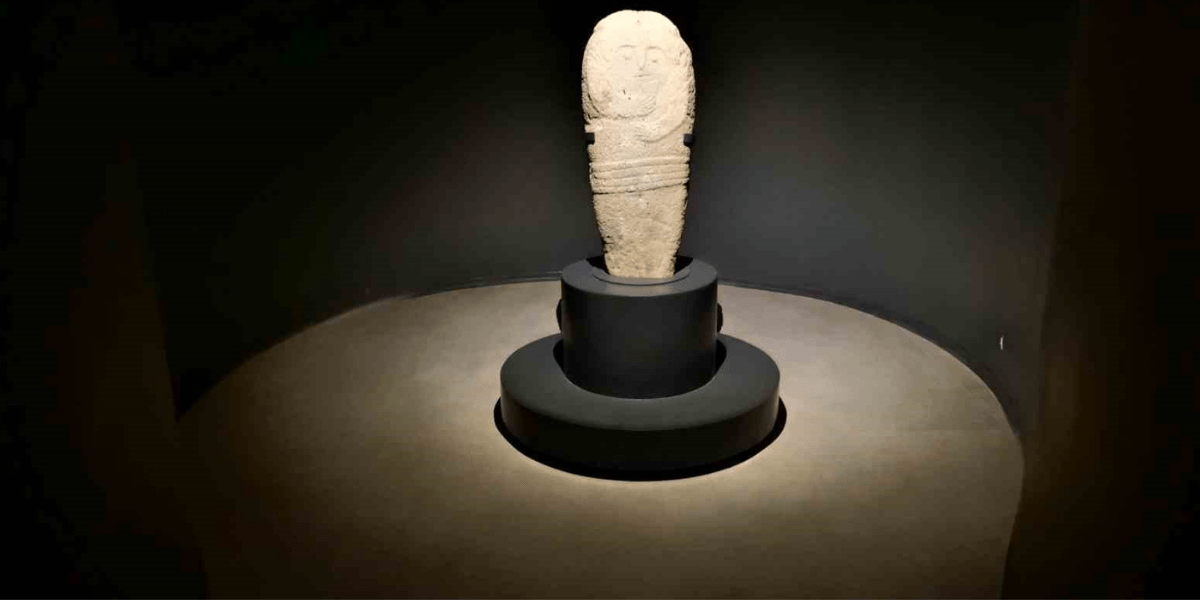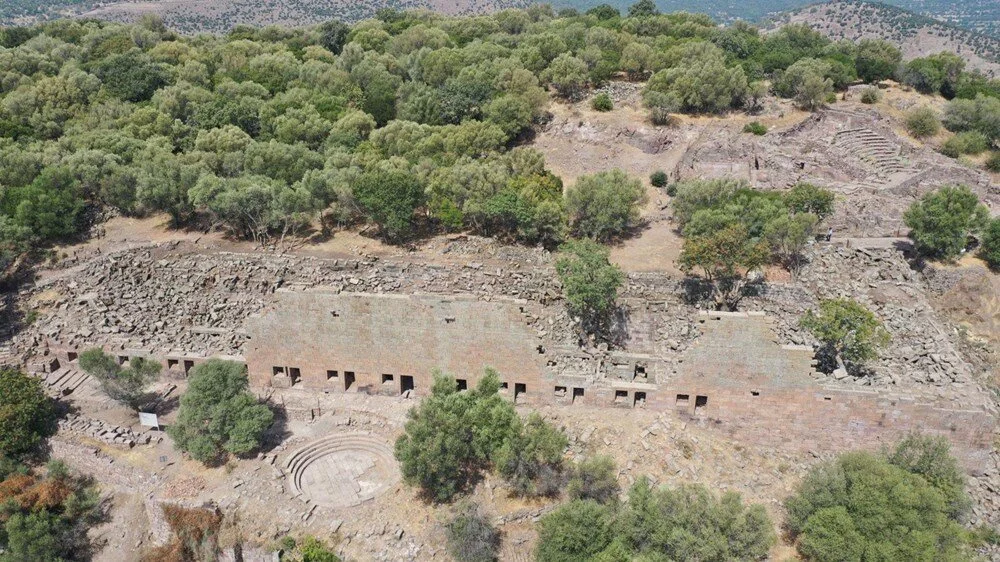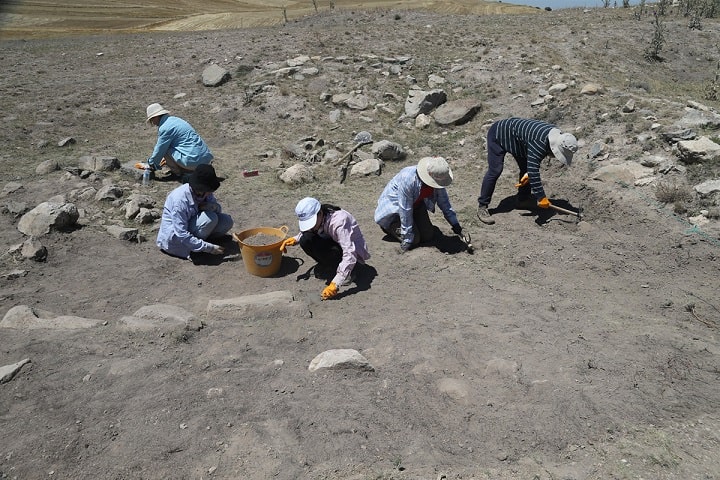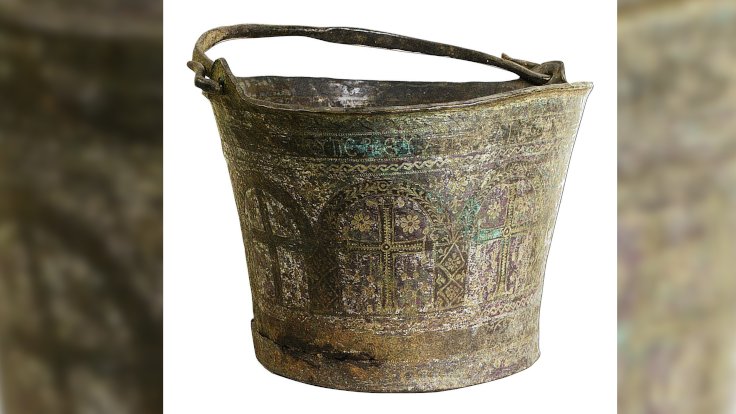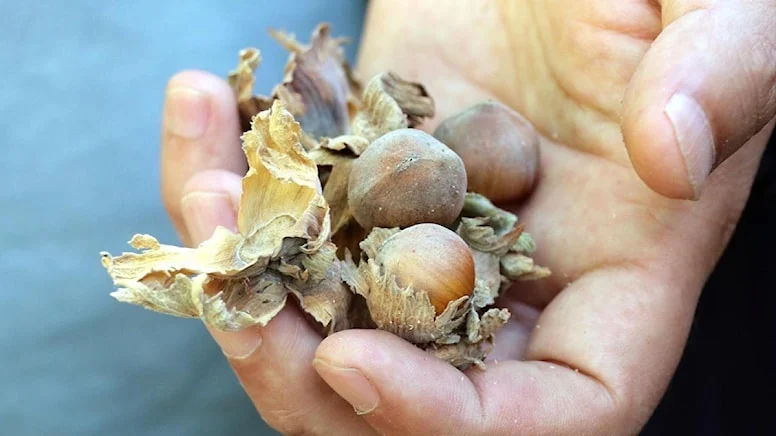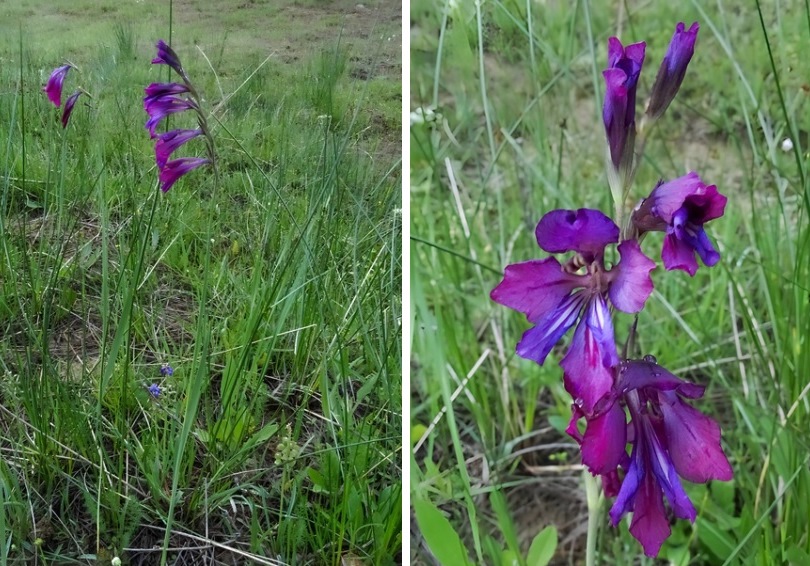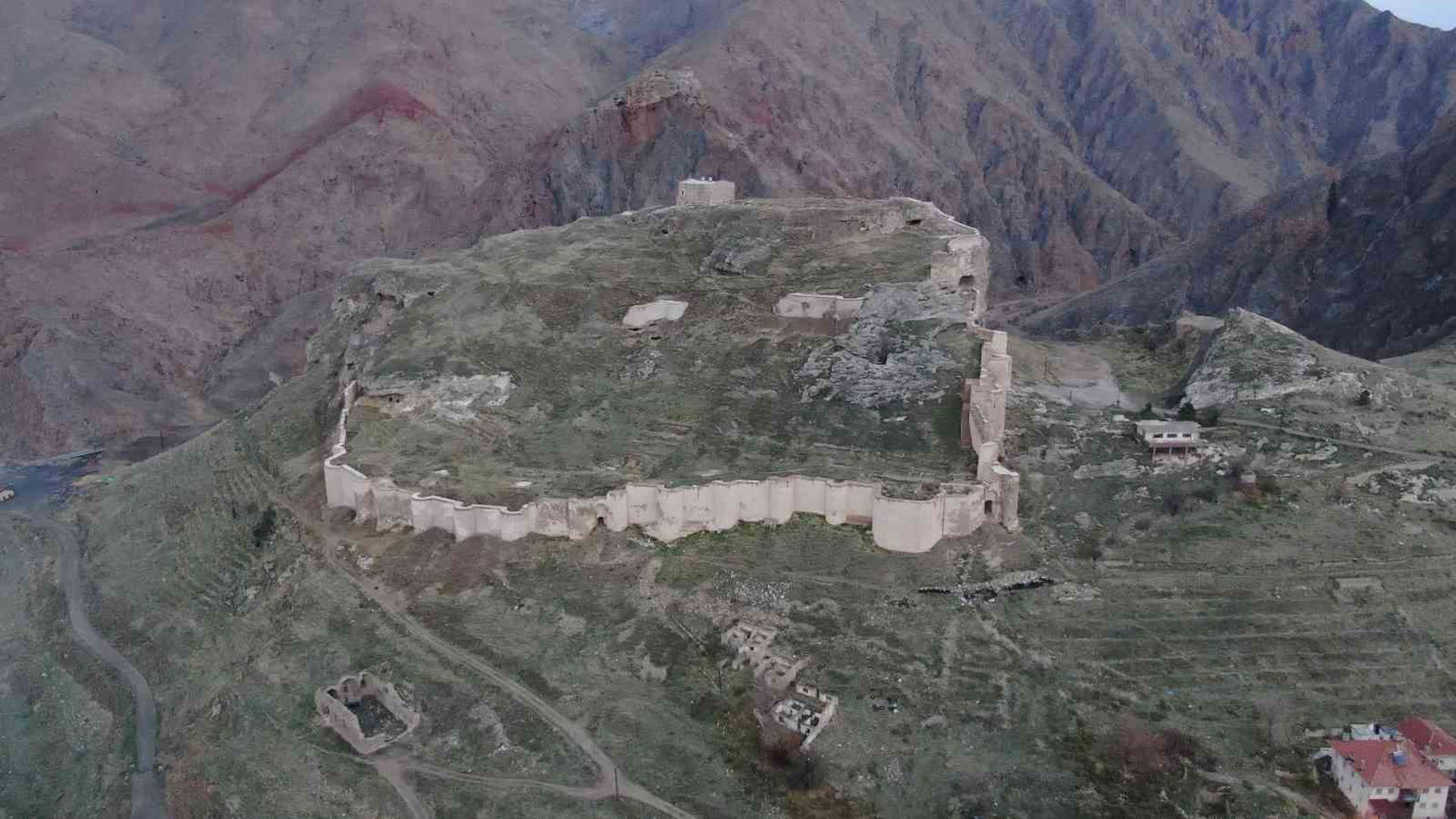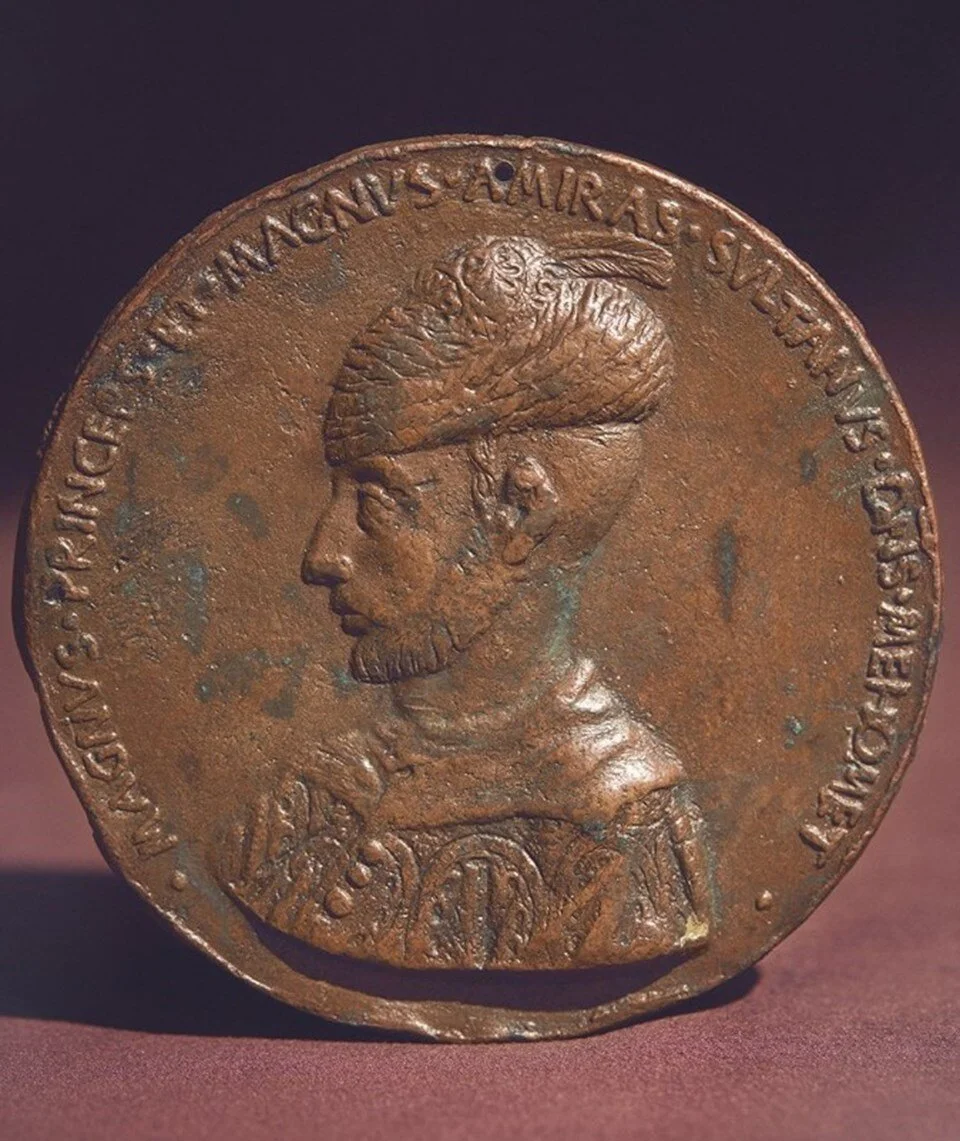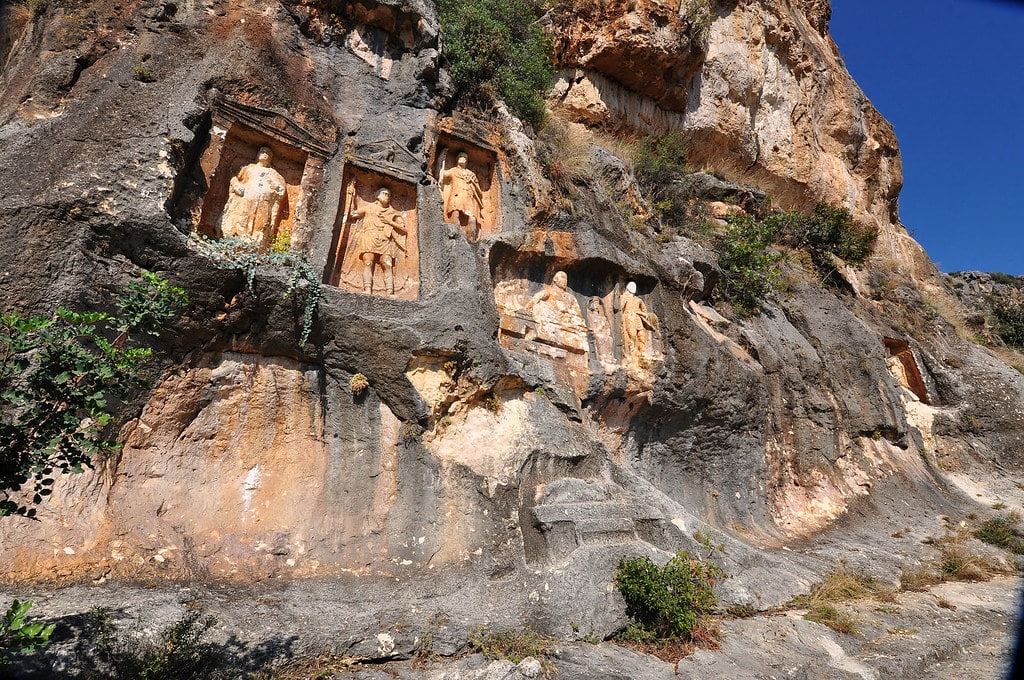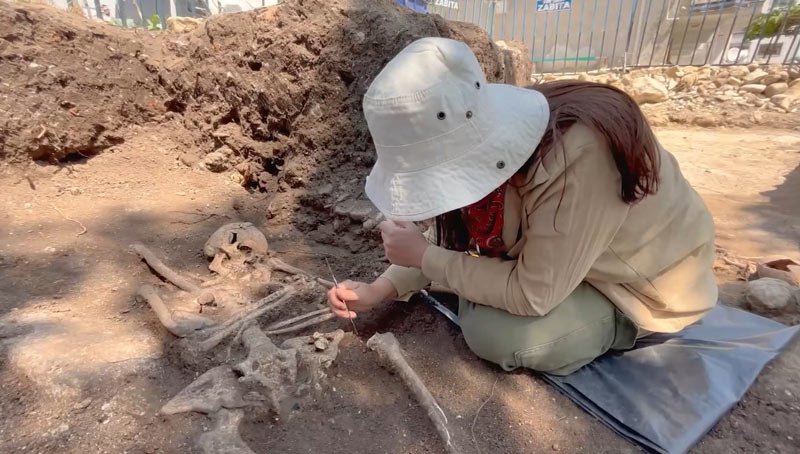A Stone Baba statue, traditionally used as a gravestone by Turks for millennia, is on display at the Erzurum Museum. This remarkable statue, dating back 2500 years, has garnered significant attention.
The Stone Baba statue was found in 2020 in the Ormanlı neighborhood of the Şenkaya district in Erzurum.
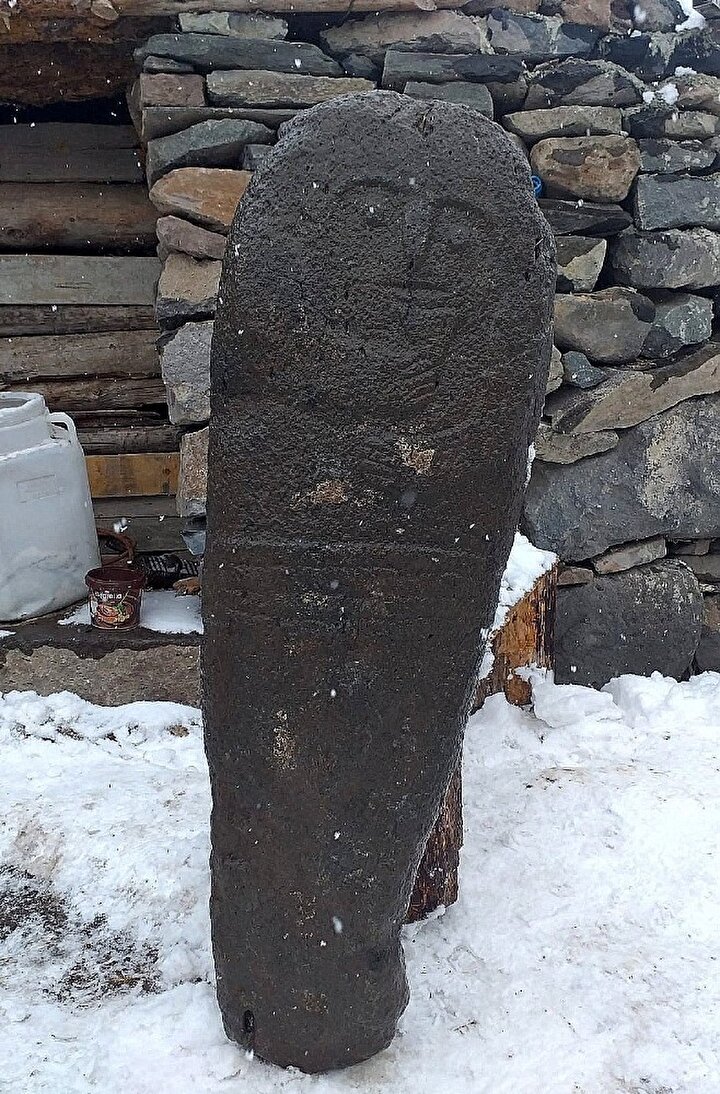
It is believed to date back to the Kipchak period and represents individuals buried in graves. The statue is 123 centimeters tall and has a diameter of 45 centimeters.
A local farmer named Aytaç Alver found it while grazing his animals among the grass.
After research and examinations, it was revealed that the statue is a 2500-year-old “Stone Baba” statue. The Stone Baba statue, which was studied by archaeologists, was placed in the Erzurum Museum after its restoration was completed.
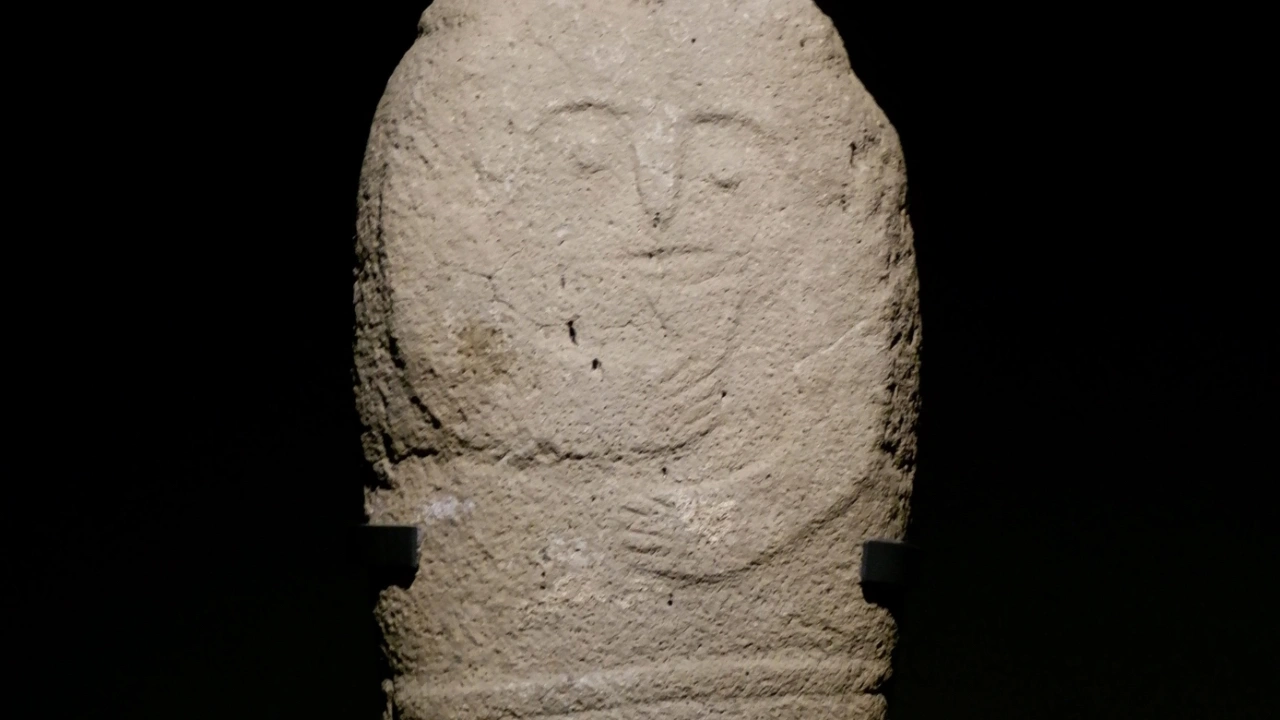
The Stone Baba statue, which is exhibited at the Erzurum Museum, is noted to be one of the unique artifacts in Türkiye, holding a bowl in its hand and featuring four sequential belts at its waist.
Experts at the Erzurum Museum indicate that this artifact, dating back 2500 years, is one of the most distinct examples of Turkish burial traditions:
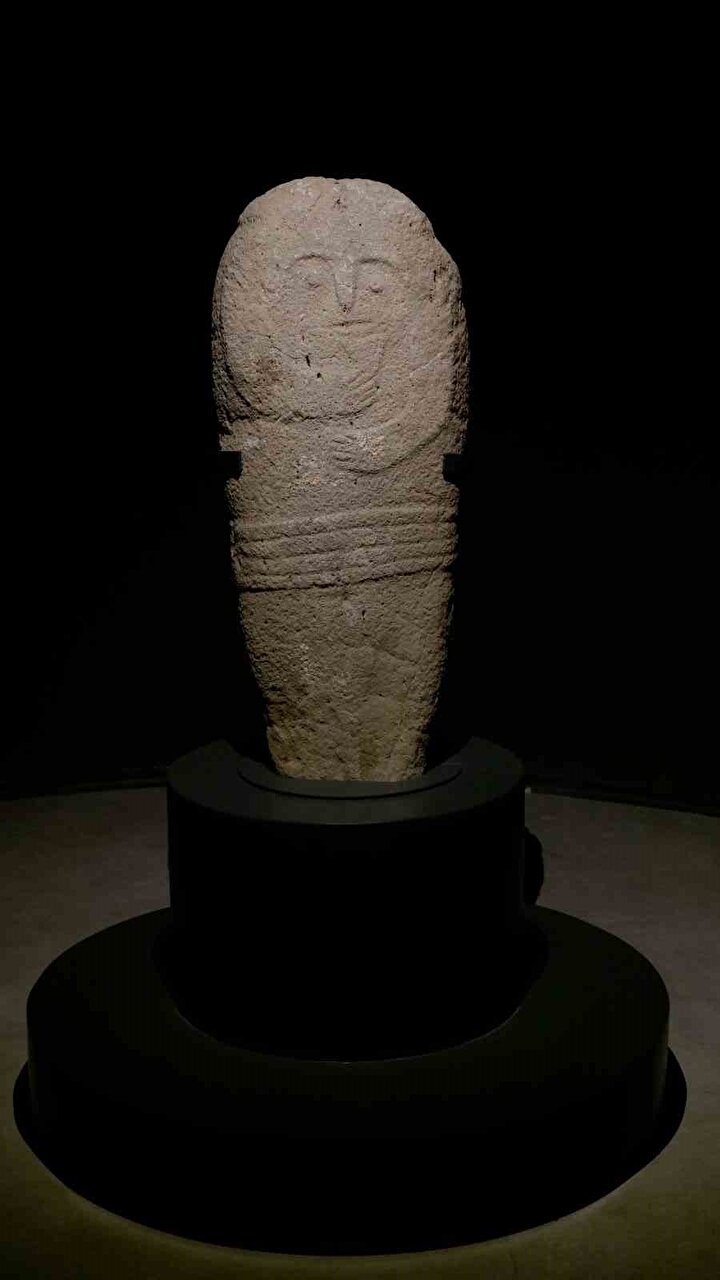
Officials stated, “The Stone Baba is a gravestone erected by Turkish tribes, especially those in Central Asia, for great statesmen before the advent of Islam. As in Turkish traditions, the Stone Baba is depicted holding a ‘bengü bade bowl’ and has sequential belts at its waist. The number of lines on the belt signifies the rank and status of the deceased Turkish figure; as the number of lines increases, so does their position and rank. The ‘Bengü Bade’ in its hand symbolizes the transition to immortality by drinking from the cup of eternity after death. There are no similar examples in our country because the originals are found in Central Asia. As is known, Turks spread from Central Asia to Türkiye. While there are various examples in Central Asia, this is the first example in our museum. The artifact dates back approximately 2500 years.”

